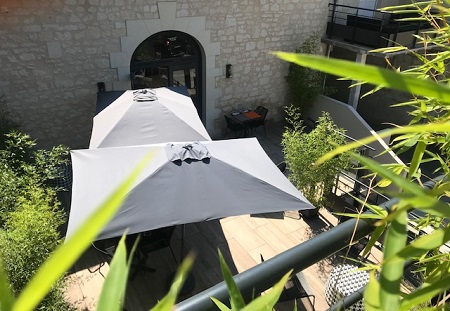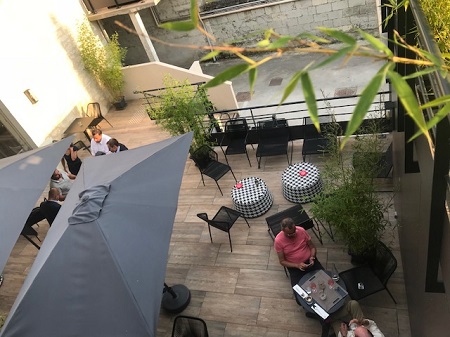
Zoom on ... Whiskey
In our beautiful wine region, discovering the word Whiskey in the menu, I wanted to know more… Mail there is so much to say… I will be a little long for those who are interested… for the others, News and What's New below are shorter!
Whiskey is therefore the generic name of a set of eaux-de-vie made by distillation of malted or unmalted cereals. The origin of whiskey is still controversial today between Scots and Irish, each going from its oldest proof of course!
History
« The history of whiskey remains veiled in the mists of the Celtic dawn. »
- Sir Robert Bruce Lockhart
... everything is said ... but let's try to find out more ...
The oldest distillations attested by archaeological excavations are in Mesopotamia in the XNUMXnd millennium BC. J.-C. but traces of distillation appear before China and Egypt (paintings in tombs). The Arabs bring this technique to the West. The Moors in Spain use it for the manufacture of perfumes and medicines. The first distillations in Europe took place in countries with vineyards and then in countries which replaced grapes with cereal grains.
From the XNUMXth century, the distillation of brandy gradually spread in Europe, especially in Scotland and Ireland, where the still would make its appearance with the Christian missionaries who discovered the secrets of the manufacture of perfume. Legend has it that the Irish missionaries, led by Saint Patrick, brought back from their evangelical journeys in Egypt the technique of distillation and the first alembic, introduced it to Ireland in 432 and diverted the process for the manufacture of a brandy. Practice and know-how are developed in the monasteries.
Following the Norman invasion of Ireland in 1169, the Anglo-Norman soldiers who invaded Ireland discovered the alcoholic beverage which seemed to enjoy notable popularity among the local population. In 1608, County Antrim in Northern Ireland obtained the first official distillation license.
In the XNUMXth century, the development of water cooling systems allowed a marked improvement in quality which accelerated the economic development of Scotch whiskey. The dissolution of the English and then Scottish monasteries led the monks to blend in with the secular population and to communicate their know-how. If the resale of spirits in Scotland has only been legal for barbers and surgeons since 1505, it has also become a common activity on the farm, where any surplus grain is distilled. Until the XNUMXth century, whiskey was colorless because it was not aged, so it was sold as an eau-de-vie: the British, by importing wines in barrels, in particular sherry, the most famous wine in Europe in the XNUMXth century, use these barrels to transport their whiskey back. Noting that this mode of transport reduces oxidation, develops the bouquet of the whiskeys and gives them a different color depending on the type of barrel, they therefore favor aging in oak barrels.
In the 19th century, distillation became legal in Scotland through the efforts of the Duke of Gordon. Consequently, clandestine production decreases inexorably. At the same time, industrial production is developing. The Americans start producing it & they invent the Bourbon (which incorporates a proportion of corn greater than 51%), Scotland created the Blend which combines different malt and grain whiskeys. This Blend will revolutionize the whiskey industry. Its more economical manufacture, its less distinctive and reproducible taste will lead to the virtual disappearance of single malts for nearly a century and will promote the decline of Irish and American productions. The 1980s will mark a return to basics and that of Single malt which was no longer marketed by a very small number of distilleries. It is back in fashion like the American Boubon and thus regain a good reputation by improving the quality of their productions.
Consumption
200 liters per second
are consumed around the world
or, 6321 million liters a year.
This makes 0,86 bottles of one liter per year per inhabitant
To see the consumption that fwiree, CLICK ICIit'sst amusing ... (or it's scary!)
The different types of whiskey
I would love to tell you more but my newsletter is going to do miles…
To put it simply, a connoisseur-friend told me to introduce you 2 main categories : Blended (mixtures of malt and grain whiskey; the most consumed worldwide), Single & Pure Malt from 1 single malted cereal then from 1 or more distilleries. Single Malts (1 distillery) are often artisanal, vintage and aged, they will be the most upscale.
To go deeper, click HERE
elaboration
The elaboration of a whiskey must last minimum three years. We distinguish five stages in its manufacture : malting, brewing, fermentation (alcoholic), distillation & aging (in oak barrels)
To go deeper, click HERE
Tasting
To fully appreciate the taste of a good whiskey, it is generally not recommended to add ice cubesIn fact, thermal shock distorts the aromas and puts the taste buds to sleep.
On the other hand, it is possible, even recommended in certain cases, to lengthen your whiskey with a little water (just a few drops). The ideal would be water from the source of the distillery, but since this is rarely accessible to the consumer, a simple mineral or neutral spring water is quite suitable. Connoisseurs claim that this addition allows the aromas to be released. The amount of water to add depends on the whiskey: some should be enjoyed to the highest degree of comfort (around 43% alcohol), others can be stretched up to 30 degrees. It is also possible to drink the water apart from the whiskey in a glass next to it.
Although the traditional whiskey glass is cylindrical in shape, connoisseurs recommend rather tulip shaped whiskey glasses.
The main qualities of a whiskey (alcoholic strength, fruity, oaky or peaty character and age) can be determined by his only nose (the olfactory palette, the tasting is also called “nosing” in English, which refers to “nose”, the nose).
The tasting is generally broken down into three phases as for wine : visual, olfactory and taste.
To go deeper, click HERE
You will have noticed that my main source for the day is Wikipedia. I have consulted many other sites and I share 2 that can allow you to go even further:
La Revue du Vin de France: Learn to taste a whiskey with an expert CLICK HERE
And a true connoisseur site: WHISKYmag.fr CLICK HERE
|
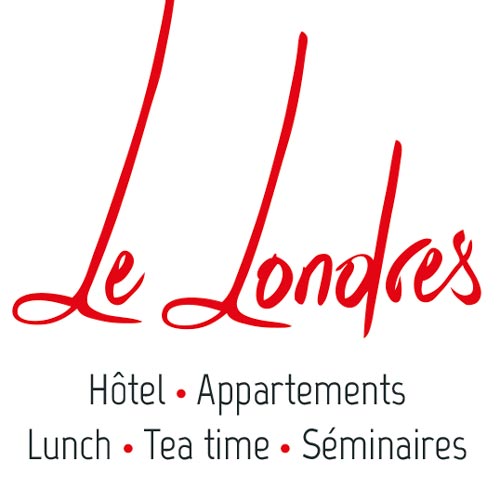
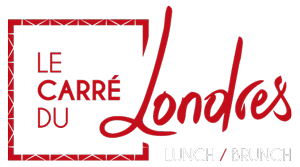
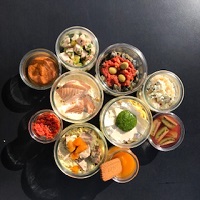
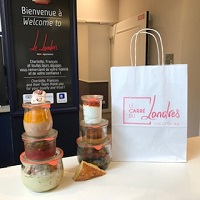



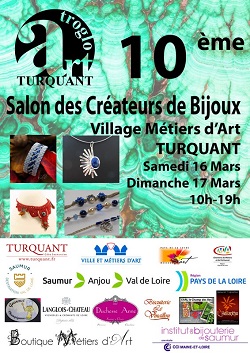
 which crosses the Winter Garden of London this weekend, come many !! Registration possible until Wednesday evening ...
which crosses the Winter Garden of London this weekend, come many !! Registration possible until Wednesday evening ...
